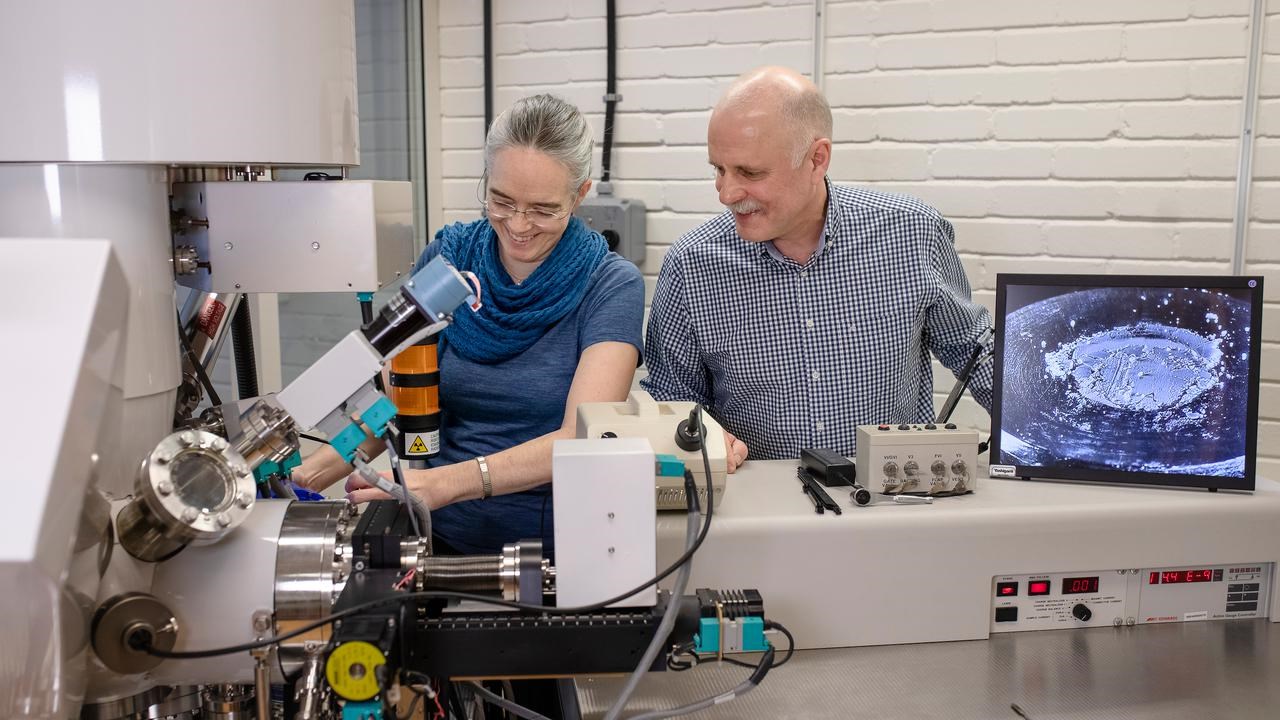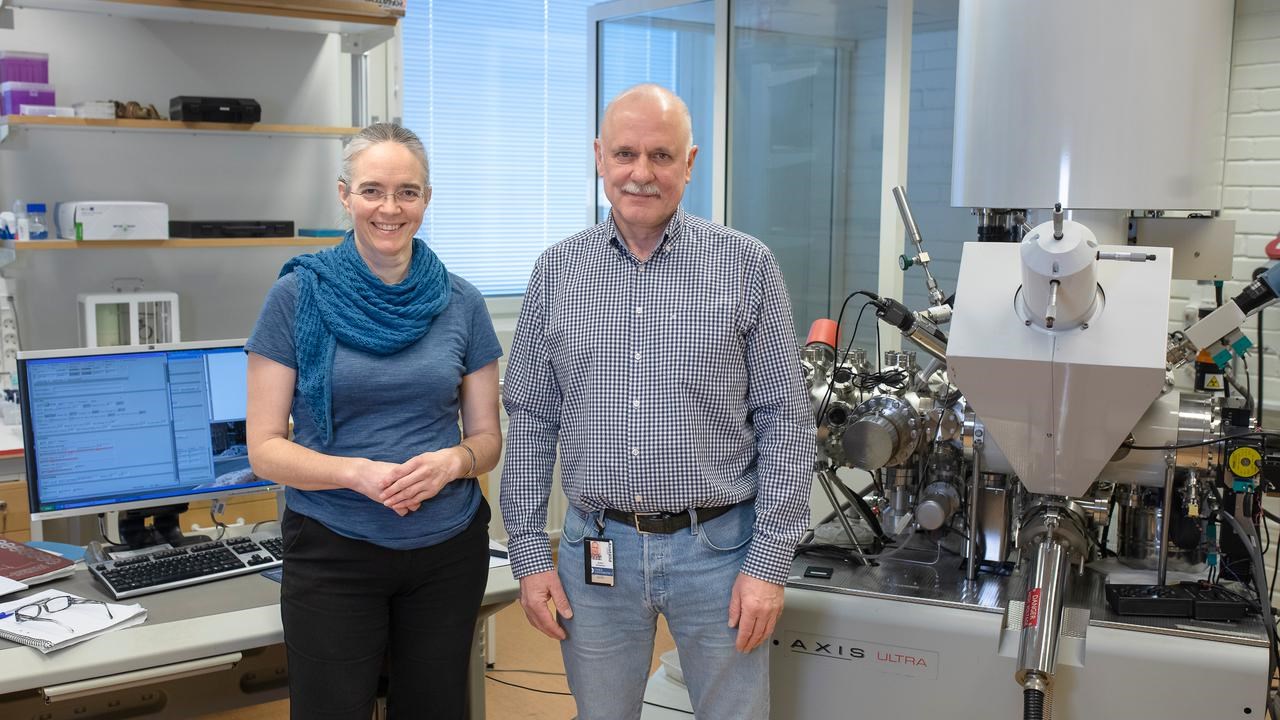Published articles
Cryo-XPS spectra from bacterial reference strain Pseudomonas fluorescens DSM50090
Madeleine Ramstedt, Andrey Shchukarev
https://doi.org/10.1116/6.0001575
Freezing instead of freeze-drying before spectroscopy preserves sample surface structure
Chris Patrick
https://doi.org/10.1063/10.0010048





